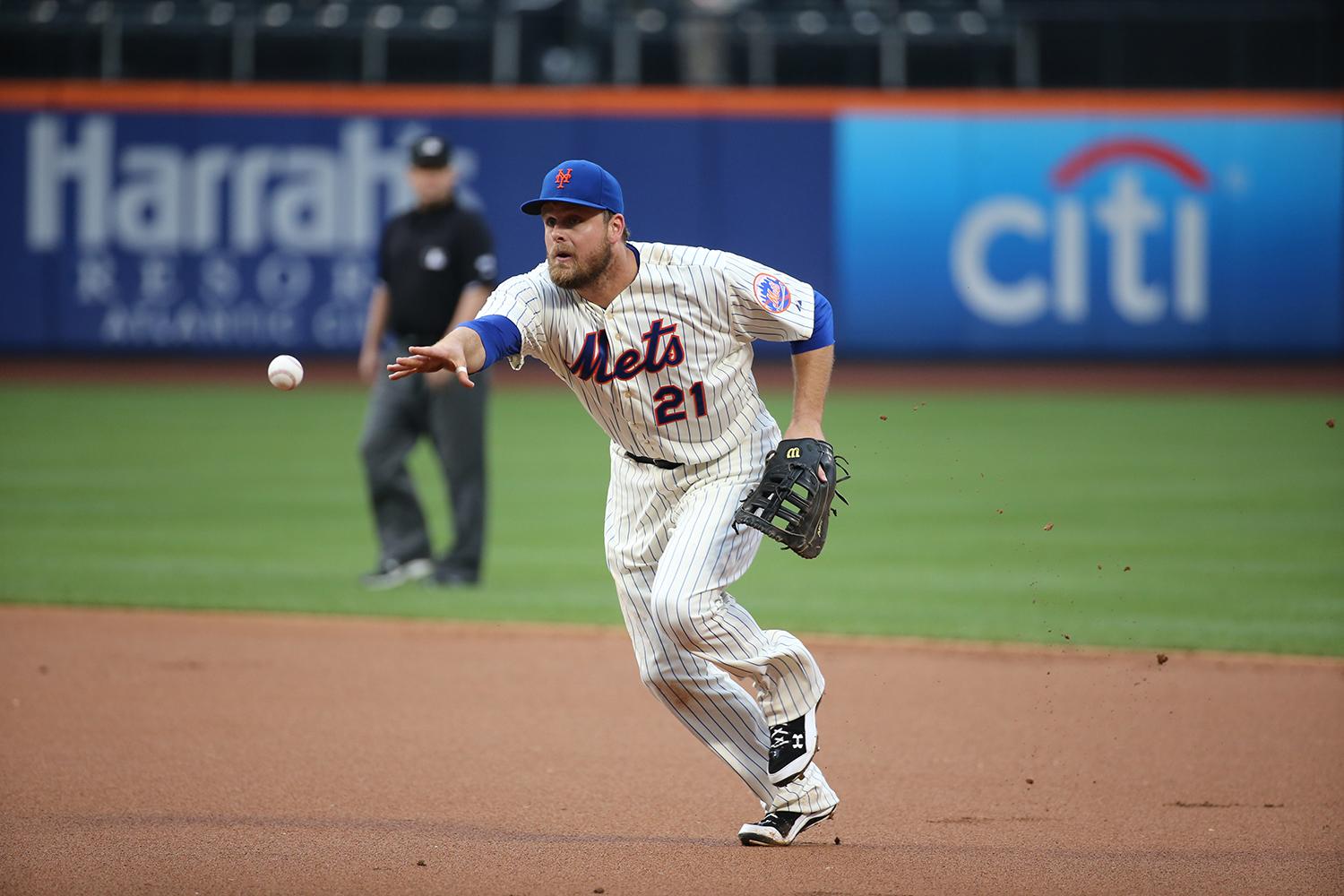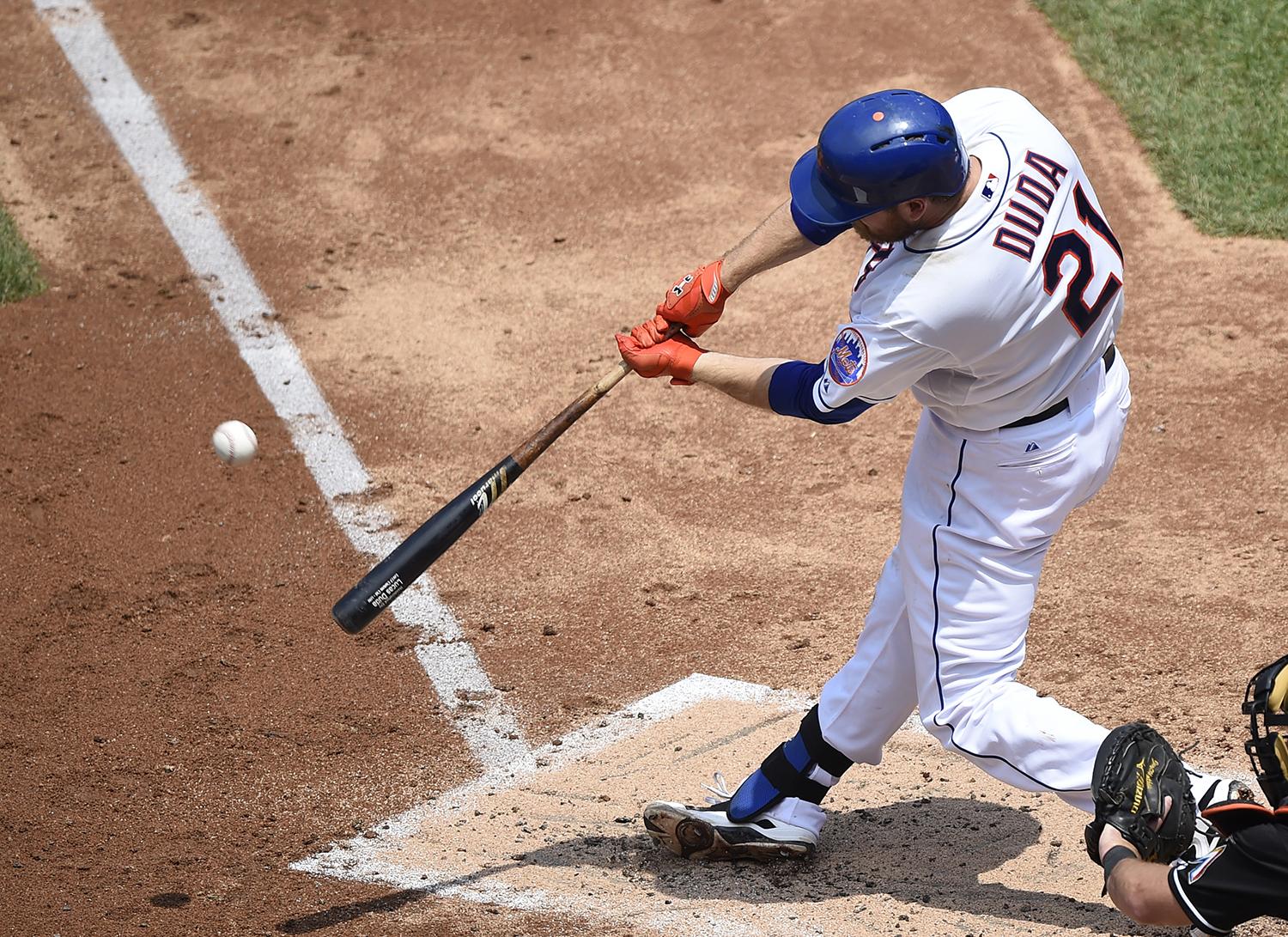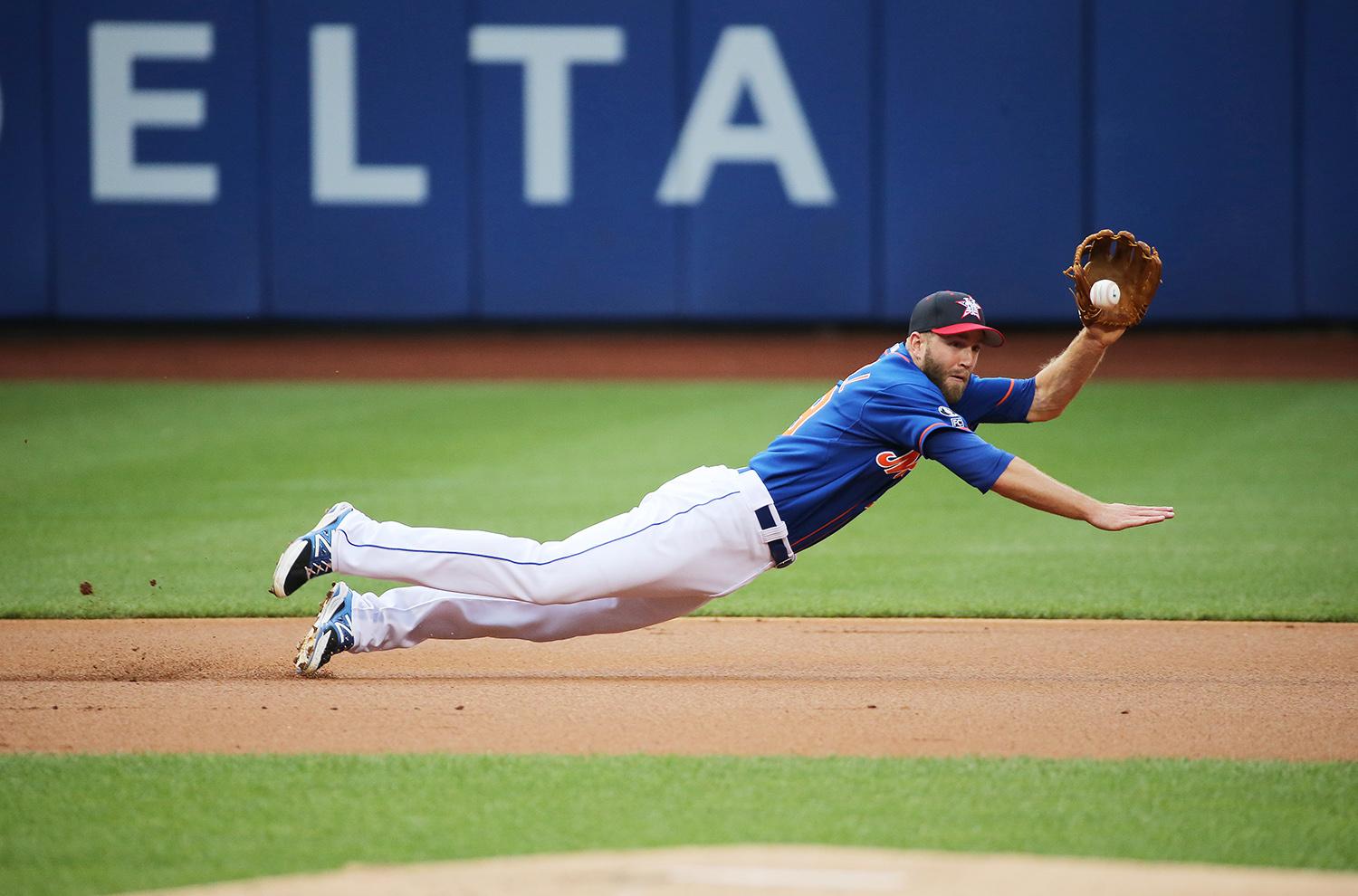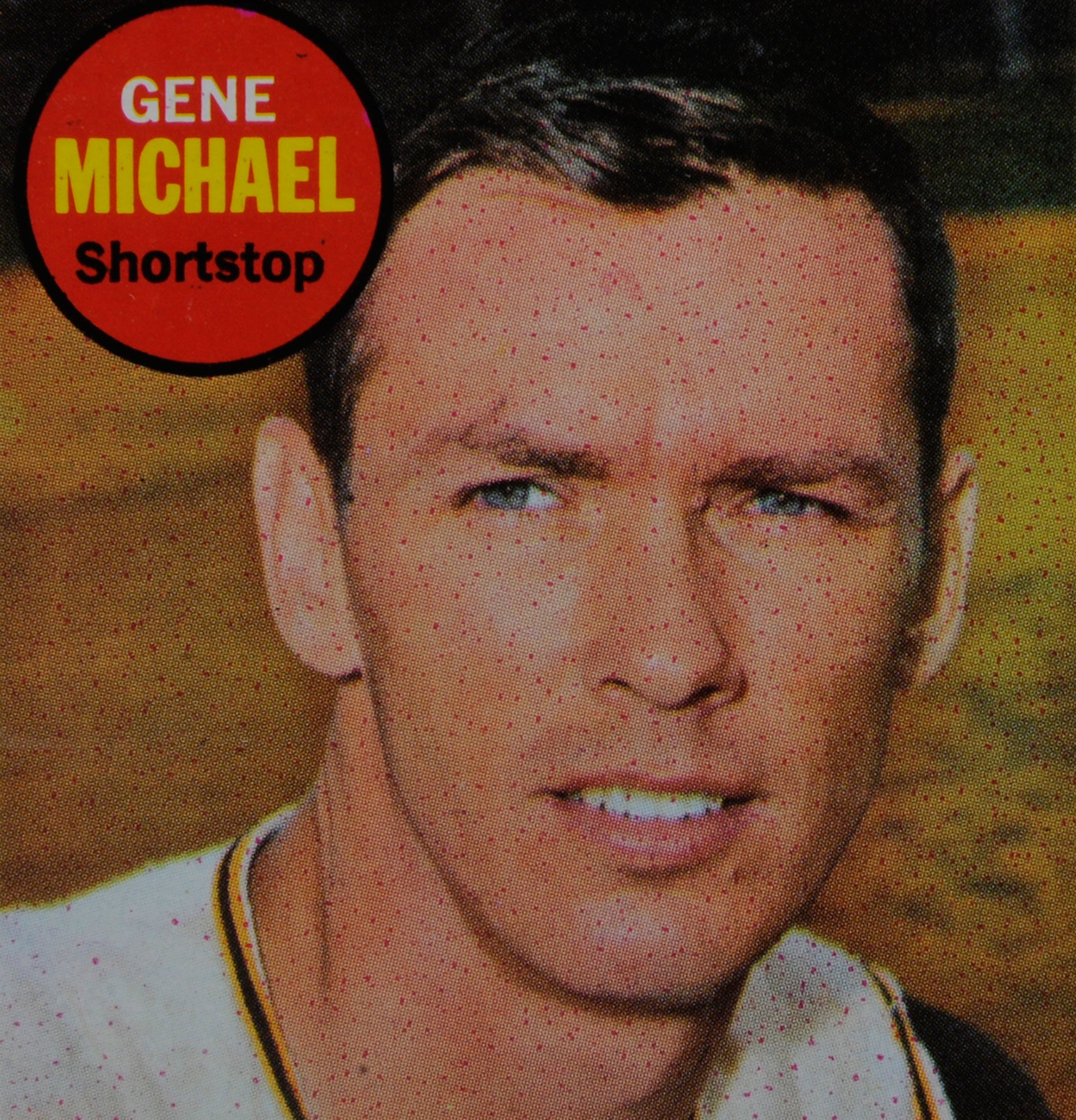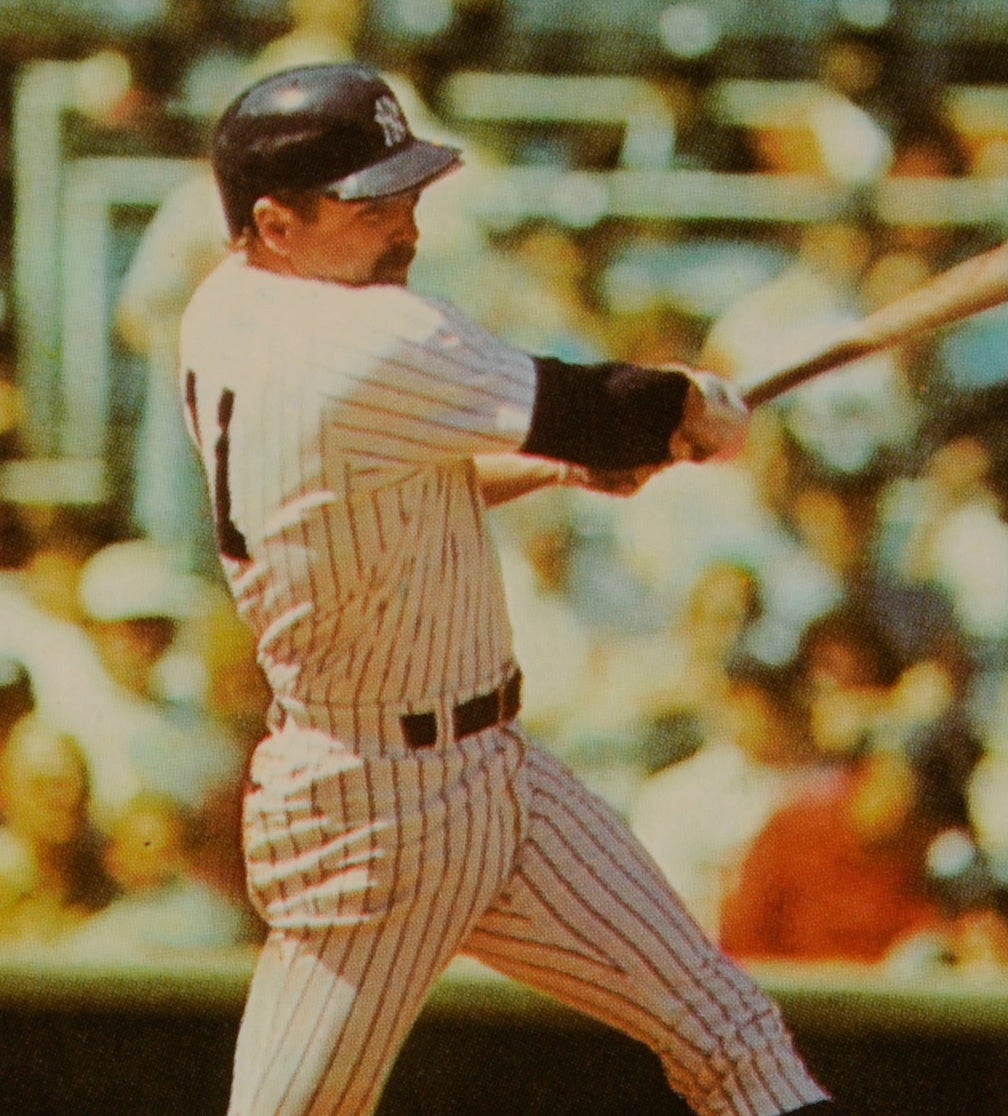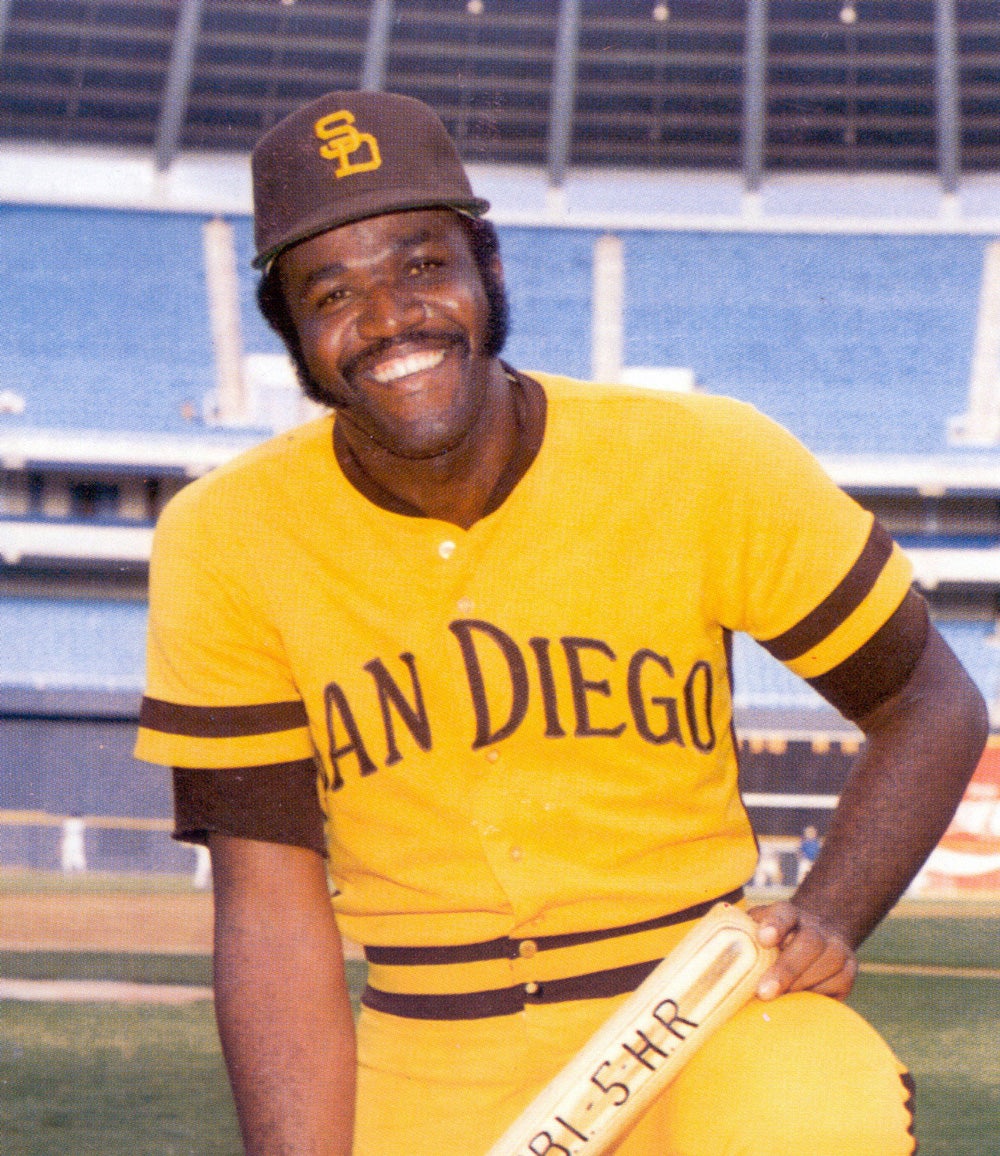#CardCorner: 2017 Topps Lucas Duda
Hall of Fame staffers are also baseball fans and love to share their stories. Here is a fan's perspective from Cooperstown.
Error cards always make for interesting discussion among baseball card collectors. How exactly did the California Angels batboy make it on to Aurelio Rodriguez’ 1969 Topps card? Was it a practical joke, or simply a clerical error on the part of Topps?
Why does Steve Busby’s 1975 Topps card show batterymate Fran Healy instead? And why does Bob Geren’s 1989 card show us a photo of bullpen catcher Mike Fennell? In some cases, we know the answers, but in others, the answers remain elusive.
For those who think that error cards are simply a thing of the past, something that happened in the days before computers and the internet, when it was not as easy to double-check identities, well think again. Errors still take place on cards, though perhaps not as frequently as they once did. Yet another classic example of a misidentified player can be found in Topps’ most recent complete set, from 2017.
Hall of Fame Membership
There is no simpler, and more essential, way to demonstrate your support than to sign on as a Museum Member.
The error is quite basic. Eric Campbell is seen on Lucas Duda’s 2017 Topps card. This was first brought to the attention of Museum staff by one of the Education Department’s teachers, Eileen Plunkett. Eileen noticed the Duda card and stated rather loudly, “That isn’t Lucas, That’s ‘Soup’!” As Eileen is a member of the Binghamton Baseball Booster Club, she has gotten to know many of the New York Mets’ minor league players at the club’s Double-A affiliate in Binghamton, N.Y., including Duda and Eric Campbell, who is known by the nickname of “Soup.”
Next come the inevitable questions of “How did this mistake happen?” and “From which game was this photo taken?” The answers to both questions are fairly easy to come by if you follow uniforms closely and make a few assumptions based on box scores. On the card, Campbell is wearing the Mets’ 1986 home throwback uniform. The throwback was only worn on Sunday home games during the 2016 season.
The Mets had 13 Sunday home games during the 2016 season. Of those games, the box scores indicate that Eric Campbell played in only three games – May 1, May 22, and May 29.
The image on the card shows Campbell about to toss a ball. One can assume this toss would be to complete an assist at first base. Again looking through the box scores we find that during the May 1st game, Campbell had one assist. During the May 22nd game, he had two assists, and he had no assists for the May 29th game. While it is possible that an out was not recorded on the play, this assumption does help in narrowing down the possibilities from three games to two, again based on the belief that an out was recorded. (Research will later show this assumption to be correct.)
A further look at the card shows that Campbell is wearing a long sleeve undershirt that has been pulled up slightly to expose several inches of skin above his wrists. This would imply that the weather was a bit chilly but not overly cold or warm. Again using the box scores, we are able to see that the May 1st and May 22nd games had very different weather conditions. The weather conditions at game time on May 22 were recorded as “66° F, Wind 7mph in from Right Field, Cloudy.” It would not be completely unreasonable for a player to wear a long-sleeved shirt under his uniform in these conditions, but it also seems a bit warm for the long sleeve.
The May 1 box score gives a weather report much more likely to cause a player to wear a long-sleeved undershirt – “50° F, Wind 14mph from Right to Left, Drizzle.” So we can make an assumption based on these weather reports that this card photograph is likely from the May 1st game.
To verify if these two assumptions had led us to the correct game or not, we needed to look at some game images were needed. A search of Getty Images’ website for “San Francisco Giants v New York Mets May 1, 2016” leads us to 406 editorial images of the game. Most players pictured in this game are wearing long sleeves. Some are even wearing hoods and other cold weather gear. This was a promising lead. After scrolling past numerous images of the big names in the game – Noah Syndergaard, David Wright, Yoenis Cespedes, Hunter Pence – we finally comes across a few images of Eric Campbell (who is correctly attributed this time).
One of the first Campbell images to be found from this game shows him wearing his shirt in the same manner as he does on the error card. In fact, upon further inspection, Jim McIsaac’s image of Eric Campbell is the exact image used in the Topps card. It is clear, then, that the assumptions from earlier were correct and that this was, in fact the game – and the play, in which Campbell threw out Denard Span on an infield grounder – shown on the 2016 Topps card.
Now for the other question: How could Topps mistake Campbell for Duda? To start, Campbell and Duda both play first base as their primary position. Both men had uniform numbers in the 20s while playing for the Mets. Duda wore No. 21 while Campbell wore No. 29. Looking at the card, we see that the second digit on the front of the uniform is not easily visible. Additionally, Duda and Campbell are somewhat similar in their appearance. Campbell is listed at 6-foot-3 and 215 pounds, while Duda is listed at 6-foot-4 and 255 pounds. Both men also have fair-colored hair and stubble-length beards. If one isn’t able to recognize the differences between the two men’s faces, it is easy to see how a mistake was made in labeling this card.
Adding to how Topps could mistake these two players is the game itself. Duda was the sole first baseman in the only other Sunday home game played to that point in the season (on April 10). However, during the May 1st game, Campbell started at first base. In the bottom of the eighth inning, Duda replaced Campbell as a pinch-hitter. Then, in the top of the ninth, Duda was kept in the game as the first baseman – replacing Campbell at first. Duda’s presence in the game only added to the confusion – and the error that placed Campbell on Duda’s final card as a Met.
The fact that it is Duda’s final card as a Met makes it all the more interesting. Duda’s professional career began nine years earlier (2007), when the Mets made him their seventh-round pick in the annual MLB Draft. Assigned to Brooklyn of the NY-Penn League, Duda hit .299 and compiled an on-base percentage of close to .400. Two years later, he enjoyed a solid season for Double-A Binghamton, but saved his best minor league performance for Triple-A Buffalo in 2010. He hit .314 with 17 home runs in 70 games, prompting the Mets to reward him with a call-up to New York in September.
As well as Duda had hit for Buffalo, some major league scouts had their doubts about his major league prospects. At 255 pounds, Duda carried a lot of weight on his frame. Most scouts regarded him a stiff defender and slow afoot, and according to some, he lacked the bat speed needed from a true power hitter in the major leagues. Some scouts felt he was merely a career minor league player – and nothing more. Duda would soon prove those naysayers wrong.
Duda hit only .202 in 29 late-season games for New York in 2010. He made no excuses. “I’ve gotten off to a pretty rough start to say the least,” Duda told the New York Post. “I’ve started off pretty terribly. I hope to make the adjustments I need to sooner [rather] than later or I won’t be here very long.” Duda would make those adjustments in 2011. With an aging Jason Bay in left field and with Jeff Francoeur struggling in right, Duda received a chance to play as a corner outfielder. Appearing in 100 games as a part-time right fielder and first baseman, Duda batted .292 with 10 home runs and an OPS of .852. The latter figure ranked third on the Mets, behind only starters Carlos Beltran and Jose Reyes.
Given more regular time in right field in 2012, Duda hit 15 home runs, but his batting average sunk to .239. After another so-so season in 2013, Duda finally broke out in 2014, defying his critics. Benefiting from a new conditioning program, which allowed him to tone his body, he doubled his home run production, from 15 to 30, slugged .481, drew a career-best 69 walks, and posted an OPS of .830. He also benefited from a fulltime shift from right field, where he clearly lacked the footspeed to track fly balls, to first base, a position that had been occupied by Ike Davis. Duda beat out Davis for the job, allowing him to play a more comfortable and natural position on the field. Duda played so well in 2014 that he received some back-of-the-ballot support for National League MVP.
Duda became an impact player that summer, but he preferred to maintain a low profile. When asked questions by the media, he tended to supply short answers, followed by dead silence. At one point, he told a reporter for the New York Times, “Dude, I’m the most uninteresting person in the world.”
Rather than talk, Duda preferred to work – and make himself better. Playing exclusively at first base in 2015, Duda hit with nearly the same effectiveness as he had in ‘14. His 27 home runs led the Mets, who claimed the National League East title on their way to winning the pennant. Duda gained popularity in New York, where some Mets fans began referring to the bulky slugger as “The Big Lebowski,” a reference to the 1998 film of the same name.
In the World Series, Duda hit a respectable .263 with a pair of RBIs, but it was a poor defensive play that would garner most of the attention for the veteran first baseman. In the top of the ninth inning of Game 5, with the Mets holding a 2-2 lead, Kansas City’s Salvador Perez hit a ground ball to third base. Waiting for David Wright to field the ball and throw to first, Eric Hosmer then raced home from third. Duda took Wright’s throw for an out at first base, but then hurried his own throw to home plate. Duda normally threw well, particularly for a first baseman, but this time the throw sailed well to the right of catcher Travis d’Arnaud, allowing Hosmer to score the tying run. The Royals eventually won the game – and the Series – in 12 innings.
A good throw almost certainly would have nailed Hosmer. To his credit, Duda offered no alibis for the errant play. “I didn’t make a throw,” Duda told MLB.com after the game. “No excuses. I didn't make a throw.”
Still, some members of the media fitted Duda with goat horns for allowing the final game of the Series to slip away. Duda handled the criticism well, and did not seem bothered by it as the Mets opened Spring Training in Port St. Lucie. But another problem would develop in 2016. A chronic back problem affected Duda’s swing, and ultimately limited him to only 47 games. Duda returned from the bad back late in the season, but for the most part, it was a lost and forgettable season for him in Queens.
In 2017, Duda again battled back trouble for a short spell, but managed to bounce back with a strong first-half performance. As a team, the Mets struggled, convincing general manager Sandy Alderson that a firesale was in order. On July 27, the Mets parted ways with Duda, who was scheduled to become a free agent at season’s end. Sent to the Tampa Bay Rays for minor league pitching prospect Drew Smith, Duda moved on to the American League for the first time in his career. Now able to DH, Duda seemed like a good fit for the Rays, who fancied themselves contenders for a wild card spot.
At first, Duda embarked on a hot streak with the Rays, but then his bat went cold. His 13 home runs became less impressive in light of his .175 batting average. Duda’s failures reflected the fortunes of the Rays, who fell out of the wild card race.
It remains to be seen what effect Duda’s slump will have on his bargaining power this winter. For the season, he hit 30 home runs, drew 60 walks, and put up an OPS of .818, but the second-half swoon could hurt his asking price. Still, his left-handed power and patience at the plate figure to draw interest from at least a few teams, especially in the American League.
In the meantime, Eric Campbell faces a more daunting task. After his 2016 season with the Mets, he became a free agent, but found little interest from any major league team. So he ended up signing with the Hanshin Tigers of the Japanese Leagues, where he struggled. Given those numbers, and the fact that he’s now 30, it may be difficult for Campbell to find work in either Japan or the minor leagues for the 2018 season.
It could be that Campbell will never appear on another baseball card. His appearance on Lucas Duda’s 2017 card, unplanned and surprising as it was, might turn out to be his baseball card swansong. If it is, it will be remembered well in the annals of error card history.
Nate Tweedie is the manager of on-site learning at the National Baseball Hall of Fame
Bruce Markusen is the manager of digital and outreach learning at the National Baseball Hall of Fame



